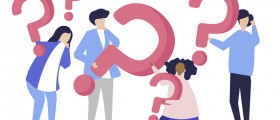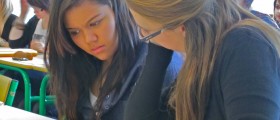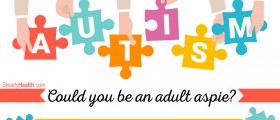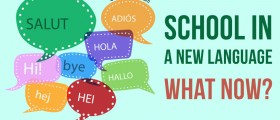
A learning process implies handling information and information reception, processing, analysis and storage are made possible thanks to the brain. Learning disabilities are the problems that occur in the handling of information, and it is important to understand that learning disability does not mean low intelligence, especially since many successful people are known to have had learning disabilities. There are various types of learning disabilities; some pertain to attention and concentration and others refer to skills such as spelling, reading, writing or problem solving. Often, students are affected by more than one type.
The brain works in a very complex manner, and not only does it play a role in sensory perception, but it also recognizes and interprets the received information, relating them to person’s stored memories and experiences. Speech is one example of this process. Different parts of the brain are in charge of different activities in this process, so the mind has to link them together. An estimated 4 million school children and teens have some learning disability, 20% of which are those connected with their ability to focus. It is easy to spot a learning disability, and difficulties in reading, writing, speaking, solving math problems, communicating, paying attention, following directions, struggling with the easy work are the most obvious signs. While most of the learning disabilities are discovered as early as in the grade school, some children are able to camouflage their learning problems so that they are discovered much later.
Learning disabilities can be verbal or nonverbal, and if the person is affected by a verbal learning disability, it means they have problems with the spoken and written language. Dyslexia is probably the most common verbal problem and is marked by the disrupted ability to recognize and process letters and the corresponding sounds. Other verbal learning disabilities may include being able to read the language, but failing to make sense of it; writing disorders where the person is focusing on grammar, or hand movement when shaping the letters which makes writing hard to do. Failing to interpret what a person sees, confusing mathematical signs, inability to master some abstract concepts are some examples of nonverbal learning disabilities. Attention deficit hyperactivity disorder (ADHD) adds up to learning disability since the affected person has trouble focusing, is easily distracted or tends to move around a lot.
Having a learning disability may be discouraging for some people, so recognizing their particular problem is essential as well as presenting them with the coping strategies. Special teachers or tutors are available for students with learning disabilities and they teach organizational and special study skills, as well as note-taking techniques which make up for the learning disability. Many schools have special classrooms with a trained teacher to help students with troublesome subjects. ADHD can be improved with the use of medication. Although the cure for learning disabilities does not exist, it is possible to overcome the difficulties they pose by way of various techniques and strategies and achieve one’s goals.

















Your thoughts on this
Loading...